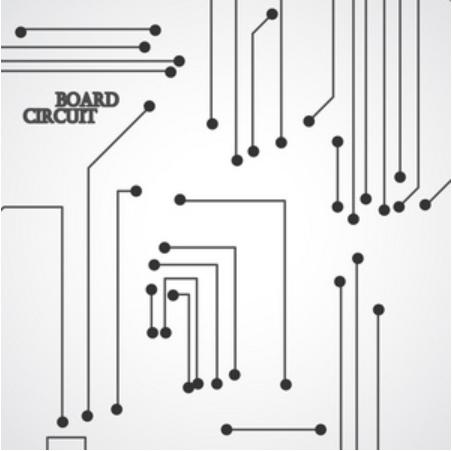Main structure of Fiscal electronic cash register: electron and mechanical components
CPU is the centre of the fiscal electronic cash register which is dedicated, and is used to execute the operating procedures of the cash register and the fiscal module, process and calculate various collection data, and control other components. It is not easy for the user to develop again. Fiscat uses the latest way ARM9 CPU and Linux OS to run programs and process data, etc.

EJ (electronic journal) and SD card is the way to store data, and can copy data at any time from EJ. However, it can store real-time receipts directly on the server without using EJ for electronic invoices.
The keyboard is used to enter sales data, which is typed thousands of times a day, so only a high-quality, reliable keyboard can meet the requirements of users.
The printer is the key output component of the fiscal cash register, printing hundreds or even thousands of sales receipts every day, so the lifespan of the printer is critical.
Electronic cash registers typically have two screens, one for the operator and one for the customer, such as the design of Fiscat IPALM/NEON/GALAXY.
There are many external interfaces of the cash register, which can be connected to the bar code reader, receipt printer, electronic scale and other peripherals, as well as communication interface, the communication interface of the Fiscat are USB/HID, ETHERNET, RS232, different cash register use different external interface depend on the demand.
Cash register has a unique way to switch (permission lock), different levels of personnel hold different permissions of the key, can control the scope of management.
So having a fiscal cash register (tax control device), which provides security and improve the sales process, is a worthwhile equipment for business.


